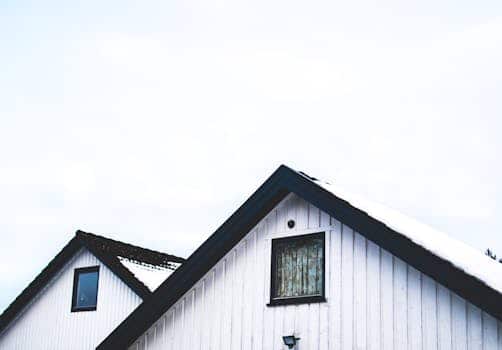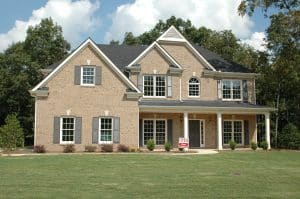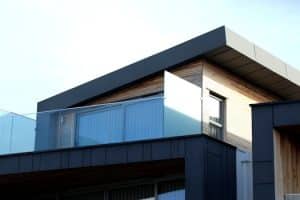Biophilic Design: Bringing Nature Indoors in Urban Properties
If you live in a city, chances are you are surrounded by tall buildings, concrete structures, and a lack of greenery. With urbanization on the rise, many city dwellers are feeling disconnected from nature. But what if we told you there’s a design concept that can bring nature back into urban properties? Introducing biophilic design – a trend that focuses on incorporating elements of nature into built environments. In this article, we’ll dive into what biophilic design is and how it can benefit urban properties. Get ready to experience the beauty and benefits of bringing nature indoors.
What is Biophilic Design?
Biophilic design is a design approach that aims to connect people with nature. It involves incorporating natural elements such as plants, daylight, and natural materials into built environments. The term ‘biophilia’ was first used by biologist Edward O. Wilson, who defined it as “the urge to affiliate with other forms of life”. This design concept recognizes the innate human desire to be in touch with nature and incorporates it into our surroundings.
The Three Elements of Biophilic Design
Biophilic design is based on three main elements – nature in the space, natural analogues, and nature of the space. Nature in the space refers to the presence of living plants, animals or water in an indoor environment. Natural analogues are patterns, colors, and textures that mimic those found in nature. And nature of the space refers to the use of natural materials such as wood, stone, and natural light.
The Benefits of Biophilic Design in Urban Properties
Increases Productivity and Creativity
Incorporating elements of nature into urban properties can have a positive impact on the people who live or work there. Research has shown that biophilic design can improve productivity and creativity. A study conducted by the University of Exeter found that employees in biophilic offices scored 15% higher in productivity and 6% higher in creativity compared to those in non-biophilic offices. This is because interacting with nature has a calming effect on the brain, reducing stress and improving cognitive function.
Improves Physical and Mental Well-Being
Living in an urban environment can take a toll on our physical and mental well-being. However, incorporating biophilic design elements into buildings can help improve our health. According to a study by the University of Warwick, increased exposure to greenery can lower cortisol levels, the hormone linked to stress, and improve our overall well-being. This design concept can also help reduce symptoms of depression, anxiety, and fatigue.
Enhances Air Quality
Air pollution is a major concern in urban areas. But biophilic design can help combat this problem. Plants act as natural air purifiers, absorbing toxins and releasing clean oxygen. By incorporating plants in indoor spaces, biophilic design can improve air quality and create a healthier environment for residents.
Promotes Sustainability
Biophilic design is not only beneficial for human health but also for the planet. By incorporating natural materials and utilizing natural light, it reduces the need for artificial lighting and lowers the use of man-made materials. This promotes sustainability and reduces the carbon footprint of buildings.
How to Incorporate Biophilic Design in Urban Properties
Now that you know the benefits of biophilic design, you might be wondering how to incorporate it in your urban property. Here are a few ways to bring nature indoors:
Indoor Vertical Gardens
Vertical gardens, also known as living walls, are a popular element of biophilic design. They not only add a touch of greenery to indoor spaces but also help purify the air. These gardens can be incorporated in various ways, such as using living walls or hanging planters.
Large Windows and Skylights
Natural light is a crucial element of biophilic design. Large windows and skylights allow ample natural light to enter indoor spaces, reducing the need for artificial lighting and creating a connection with the outdoors.
Natural Materials and Textures
Use of natural materials and textures such as wood, stone, and water can create a soothing and natural ambiance in an urban setting. These elements can be incorporated in various ways, such as using a wooden accent wall, stone flooring, or a water feature.
Nature-Inspired Colors and Patterns
The use of colors and patterns inspired by nature is another way to incorporate biophilic design in urban properties. Earthy tones, shades of green, and organic patterns can create a sense of connection with nature.
Conclusion
Incorporating biophilic design in urban properties can have numerous benefits, both for the people residing there and the planet. This design trend is gaining popularity as more people realize the importance of connecting with nature in our daily lives. So, the next time you’re planning a building project, don’t forget to include elements of nature – after all, bringing nature indoors can bring many benefits.








